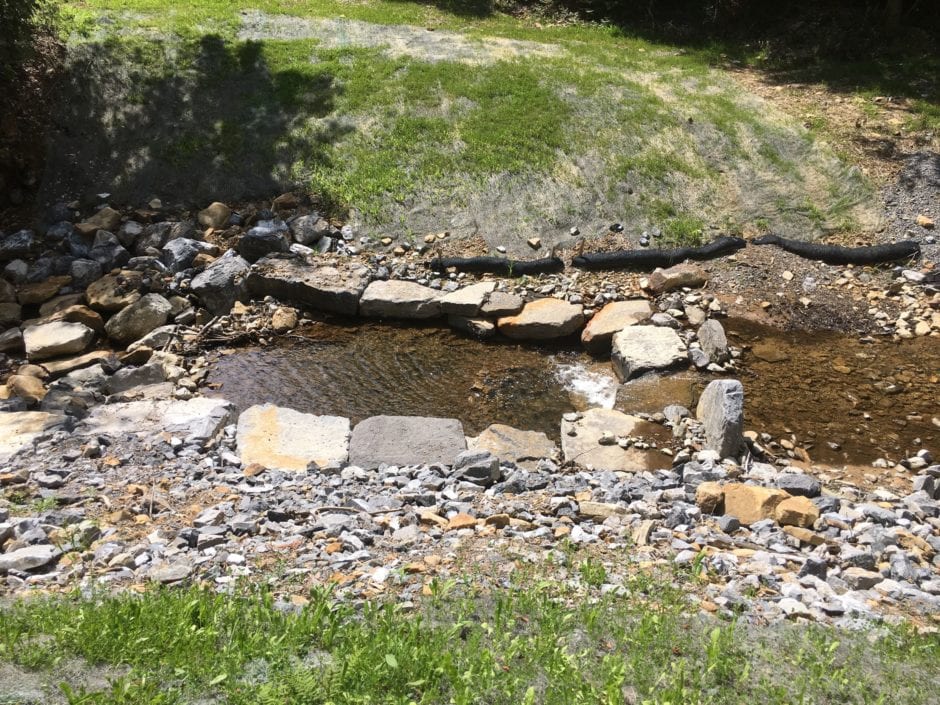One product used to fight pipeline erosion is compost berms.
What Is A Compost Berm?
A compost berm is a dam placed perpendicular to sheet flow runoff. The berms act as a filter and allow unpolluted water to pass through while retaining chemicals and other pollutants, such as:
• Oil
• Grease
• Metals
• Suspended solids
The berms are often effective in controlling erosion and keeping sediment in place. Compost berms are as useful as other erosion control tools, like silt fences. Some studies show that compost berms retain even more pollutants than traditional perimeter controls.
Who Should Consider Using Compost Berms?
Compost berms are often utilized for projects with limited drainage areas. If a site traditionally experiences stormwater runoff as sheet flow, a compost berm could prove to be a viable option. A standard unit of measurement commonly used by the oil and natural gas pipeline industry is that compost berms can be used when drainage areas do not exceed .25 acre per 100 feet of berm length.
Additionally, companies can also use compost berms on steep slopes where there is a faster flow of water. However, you must be mindful to space the berms closely to one another or combine them with other erosion control methods.


